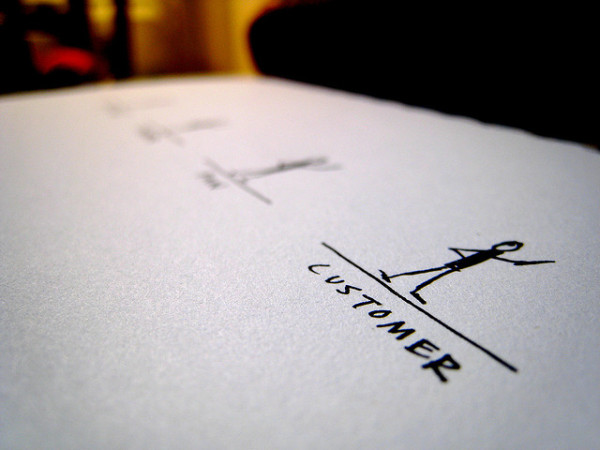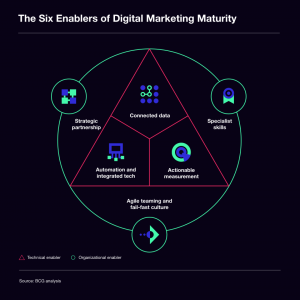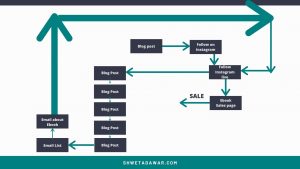
A dating site and a social network recently admitted to experimenting on unsuspecting users, sparking a heated discussion on where and how brands should set online boundaries. Gathering customer data can and should be a transparent process in which companies obtain user permission and use the insights to improve the customer experience. Problems arise when marketers think about their customers as merely subjects or users who generate clicks.
In an increasingly mobile and social world, involving multiple devices and countless interactions both online and off, it’s easy to forget that the consumer is a human being. This dehumanization of marketing only alienates potential customers and hurts the bottom line.
The Empowered (and Overloaded) Consumer
The new mobile-and-social landscape has enabled customer advocacy, instant communication, in-the-moment reviews, and the freedom to consume nearly anything at any time and on any device. Inundated by all manner of digital content, we have never been more saturated — or better equipped to make purchasing decisions. Marketers, however, aren’t making the most of this new reality. Rather than hyper-personalizing the customer experience to appeal to their audiences, they’re trying to shoehorn traditional approaches to fit social and mobile channels. They’re spending more money for less engagement, resulting in fewer conversions.
Mobile and social are more than channels for ads — they are a rich source of signals about customer interest, location, intent and buying stage. Combining this data with insights from CRM and marketing automation allows the marketer to deliver offers and products to the right person at the right time, on the right device.
Personalization: An Imperative, Not an Advantage
Marketers talk a big game about personalizing the customer experience, but many are doing so by creating rules that fail to address unique interests, needs and preferences. Companies that don’t create tailored and dynamic experiences will lose customers and fall behind their competition. Marketers need to use data intelligently to adjust their efforts, in real time and at scale. Big Data, while an overused term, is crucial for progressing the customer-brand relationship and delivering content that will encourage engagement and conversions.
Consumers are interacting with brands in myriad ways, and this trend will only continue. Smartphones and tablets aren’t replacing laptops, but are enriching the digital experience and filling a different need. The key for marketers is to understand how the customer behaves across devices, over the course of their lifecycle, and use this information to drive results.
The Technology Need
Leveraging data for the customer’s benefit requires a centralized source of information. Marketers must be able to pull together information — about the customer’s current context, attributes and past behavior — and synthesize it to tailor the experience on the fly. Increasingly powerful analytics tools help marketers to predict the most compelling customer experience, and automation technologies allow marketers to deliver personalization at scale.
The consumer is a person, not five browsers, two email clients, a smartphone and a tablet. To provide real value, companies need to obtain a cohesive view of the individual with whom they are interacting and understand behavior across different touch points. –Marketing platform technology can be used to achieve this, delivering the authentic, human brand conversations that build lifelong relationships with customers.
Learn more about winning customers for life at our fourth annual Sitecore Symposiums, September 8-10 in Las Vegas and September 15-17 in Barcelona.
Business Articles | Business 2 Community
(299)
Report Post



